When a lizard moves from ovipary to vivipary, it can be considered an episode in live evolution.
Ovipary and vivipary are two modes of reproduction seen in squamates (lizards). Oviparous squamates lay eggs while Viviparous ones give birth to full-term young, which have completed embryonic development, but are enclosed in extraembryonic membranes and an eggshell.
Squamate eggs are usually enclosed in a calcium carbonate shell and consists of an inner organic layer. But the viviparous species lacks outer calcium carbonate layer and consists of thinner organic layer. This loss of thick calcium layer is an important character in the evolution of viviparity. As a calcareous layer is absent, embryos of viviparous species obtain calcium through placental transfer. Thus a thinner outer layer leads to the development of placentation. It is also observed that, viviparous species retain egg more time in the body.
A recent study [1] reveals evolution in live action, where a species of lizard abandons ovipary in favour of vivipary. The study was conducted in an Australian scincid lizard Saiphos equalis commonly known as the yellow-bellied three-toed skink. A population of these skinks living in the coastal lowlands lays eggs (oviparous). But another population of the same species living in higher and colder mountains are giving birth to young ones (viviparous).
Problems in Ovipary vs Vivipary
In oviparous species, embryo gets nourishment from the yolk and calcium is absorbed from calcium carbonate shells. But in viviparous species, embryo is laid with just embryonic membranes and a calcium carbonate shell is absent. This presents a serious problem of calcium deficiency for the embryo.
For an oviparous animal, eggs are very much vulnerable to external threats like predators and weather conditions. In viviparous animals, mothers have to change their reproductive anatomy to provide calcium and also a reduce size of shell glands (they secrete calcium carbonate shells). So a shift from ovipary to vivipary must include anatomical and morphological changes.
What to skinks do?
In viviparous individuals, the study revealed a prolonged retention of eggs in the uterus. And to provide calcium, the uterus secreted calcium which was absorbed by the embryo. This can be considered as a step to placentation. Also the size of shell glands seems to have reduced in viviparous forms.
This dual mode of reproduction exhibited in a single species may be considered as an evolution. All the viviparous individuals live in harsh colder climates. To keep the young one to safely, it is better to keep them inside the body till birth. So in harsh environments, vivipary seems efficient and in normal climates, ovipary saves mothers energy. So moving from ovipary to vivipary can be considered as a step in evolution.
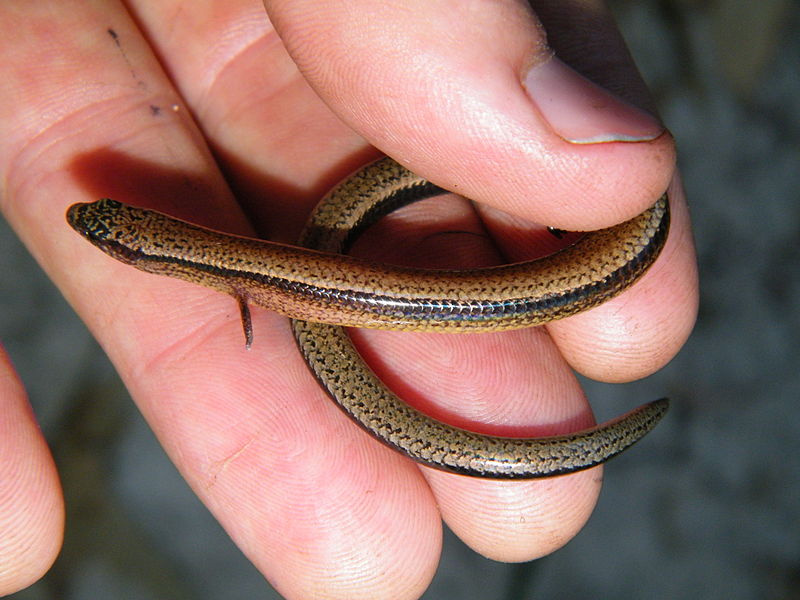

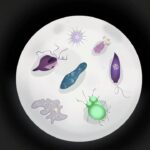
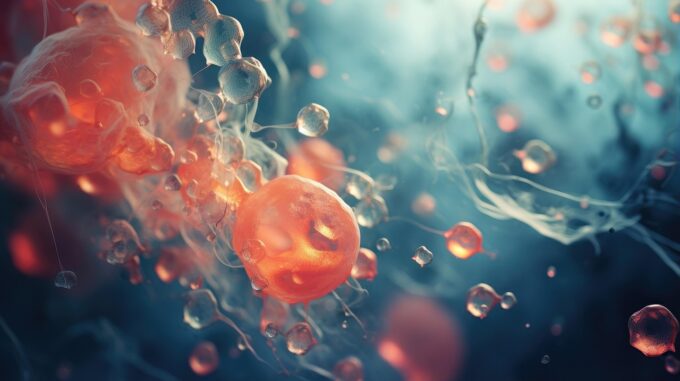
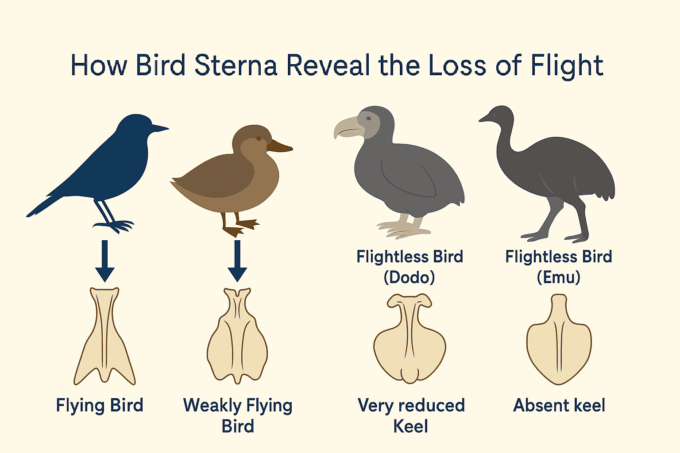
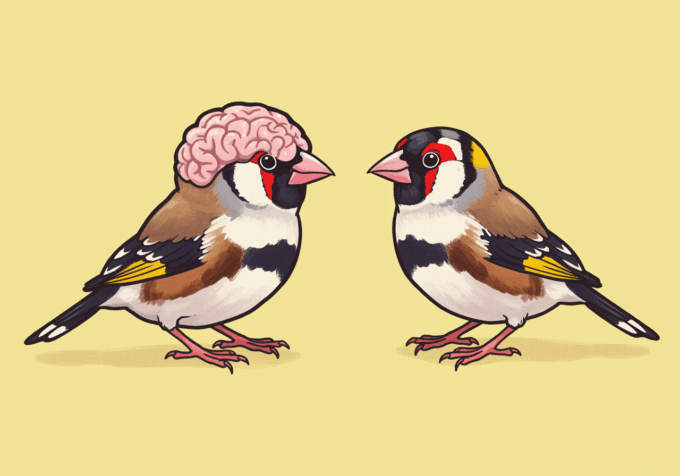
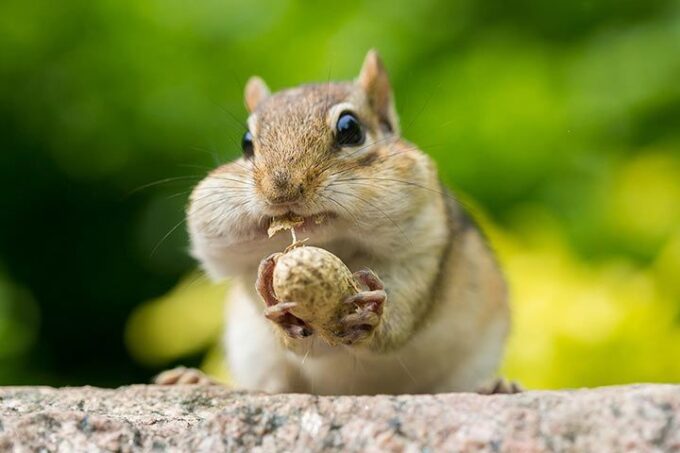
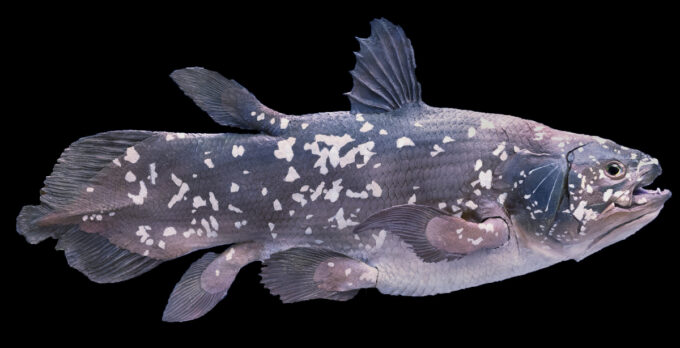
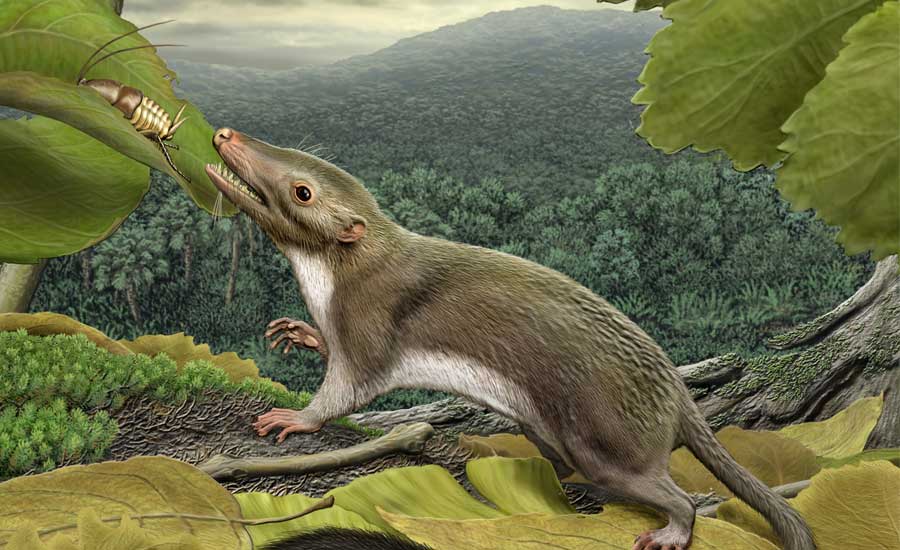
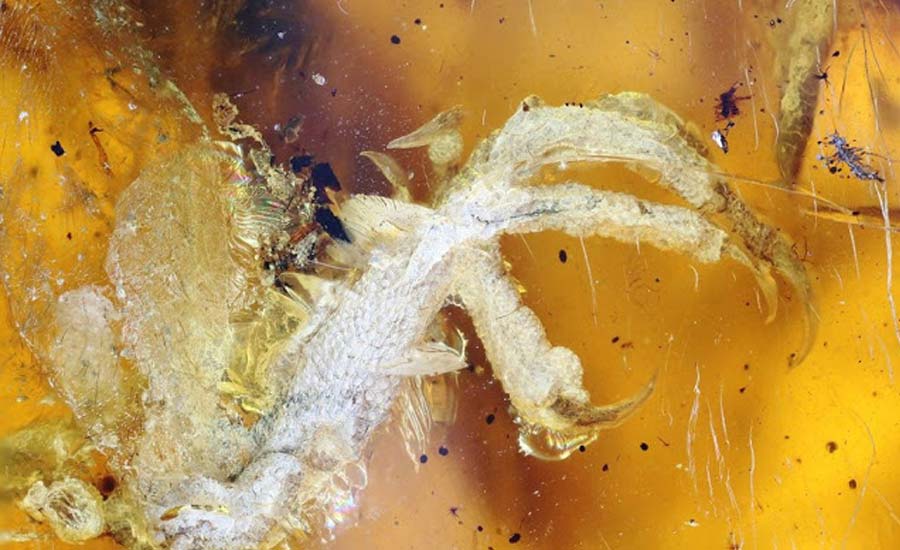
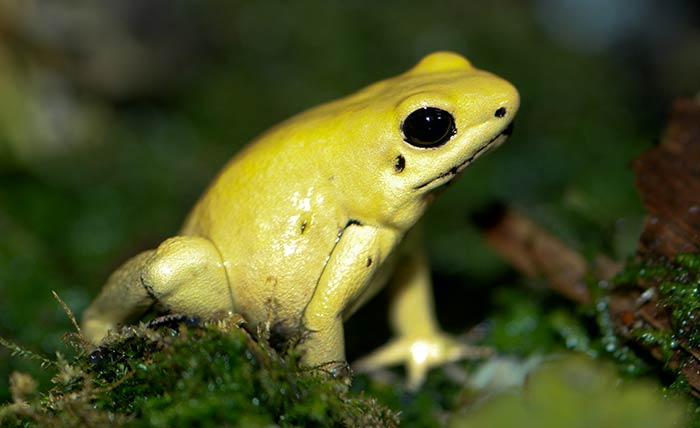
Leave a comment